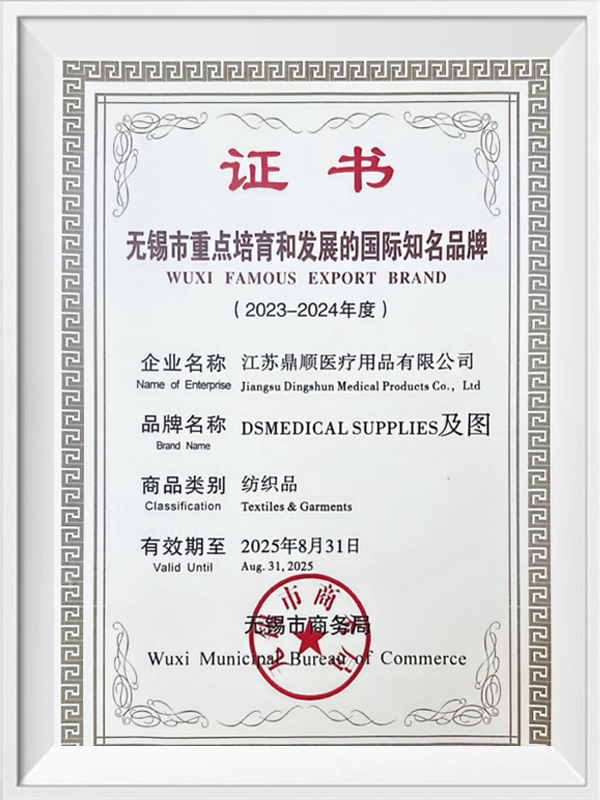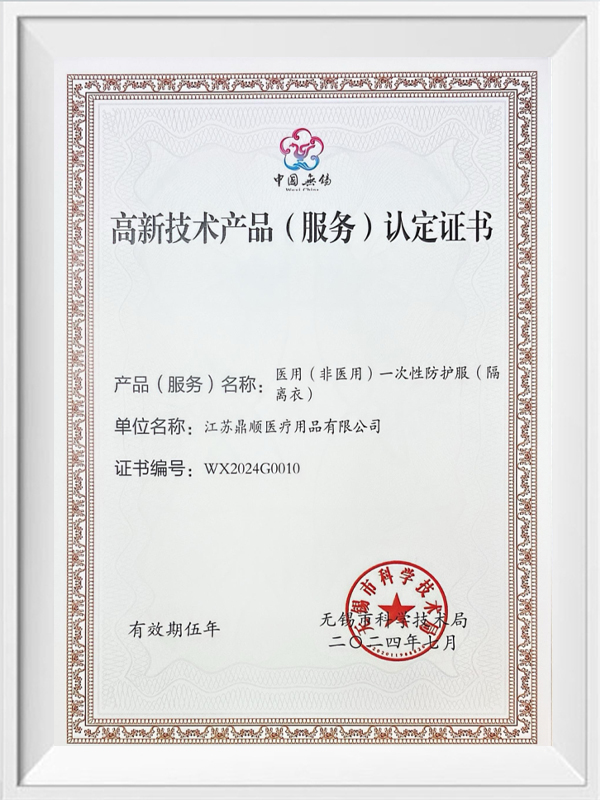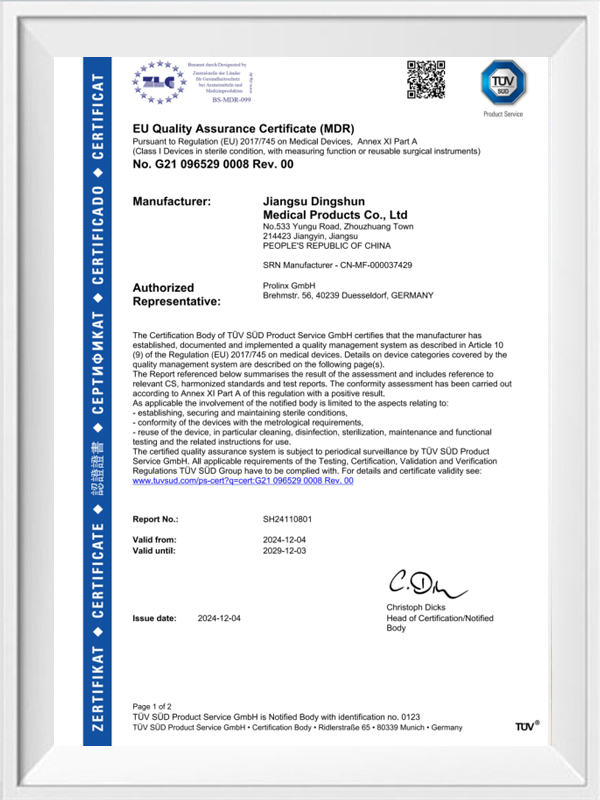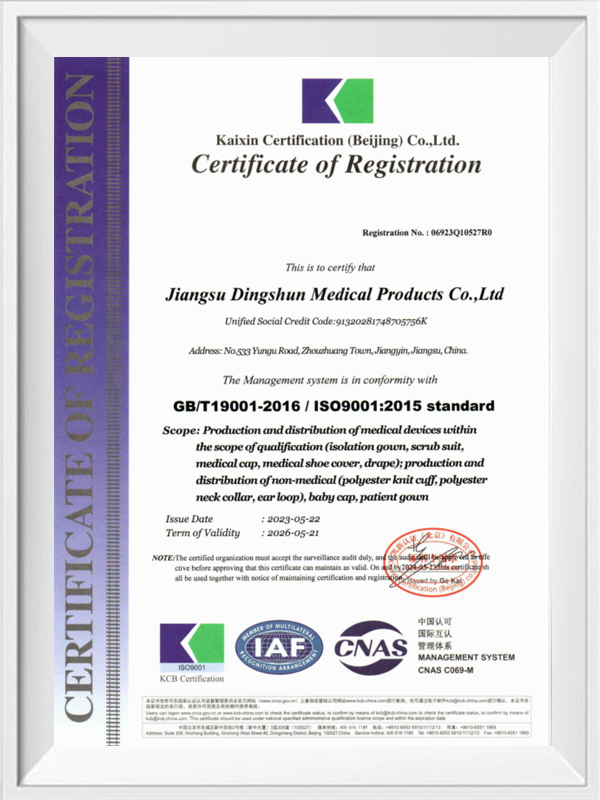The relentless pursuit of patient safety is a cornerstone of modern healthcare, and at the forefront of this battle lies the critical task of preventing Surgical Site Infections (S...
READ MORE
Medical gowns are one of the personal protective equipment used in health care settings. Many names are used to refer to gowns intended for use in health care settings, including surgical gowns, isolation gowns, operating room gowns, etc.. The most important function of medical gowns is protecting the users from infection. We manufacture both disposable and reusable medical gowns.






The relentless pursuit of patient safety is a cornerstone of modern healthcare, and at the forefront of this battle lies the critical task of preventing Surgical Site Infections (S...
READ MORE1. What is a Disposable Medical Apron? 1.1 Definition and purpose A Disposable Medical Apron refers to a single‑use protective garment worn by healthcare staff to shield their clo...
READ MOREUnderstanding medical isolation gowns -- What They Are and Why They Matter Definition & scope The term medical isolation gowns refers to protective garments worn in healthcare ...
READ MOREUnderstanding Universal Medical Knitting Technology Universal Medical Knitting represents a significant leap forward in the fabrication of medical textiles. Unlike traditional weav...
READ MOREThe world of healthcare relies on a delicate balance of safety, efficiency, and sustainability. A key player in maintaining this balance is the choice of medical gowns. Two primary options dominate the market: reusable medical gowns and disposable medical gowns. While both serve the crucial purpose of protecting healthcare professionals and patients from contamination, they each come with a distinct set of characteristics, advantages, and drawbacks. Understanding these differences is not just a matter of preference but a critical decision with implications for infection control, cost-effectiveness, and environmental impact.
Before we dive into the debate, it’s essential to understand the fundamental purpose of a medical gown. These garments are designed to act as a barrier, preventing the transfer of microorganisms, bodily fluids, and other hazardous materials from one person or object to another. The effectiveness of this barrier is determined by several factors, including the material’s pore size, liquid resistance, and overall structural integrity.
Fluid Resistance and Barrier Protection: The AAMI (Association for the Advancement of Medical Instrumentation) sets a widely recognized standard for liquid barrier performance, categorizing gowns into four levels of protection. Level 1 provides minimal protection, while Level 4 offers the highest level of barrier against pathogens and fluids, often required for surgical procedures and high-risk environments. The material composition of both reusable and disposable gowns is engineered to meet these specific standards, though they achieve it in different ways.
Material Composition: Disposable medical gowns are typically made from non-woven synthetic materials like polypropylene, polyethylene, or spunbond-meltblown-spunbond (SMS) fabric. These materials are lightweight, fluid-resistant, and can be easily sterilized before use. Their single-use nature ensures a pristine, uncontaminated barrier every time. In contrast, reusable medical gowns are crafted from woven fabrics, often a blend of polyester and cotton, treated with a fluid-repellent finish. These materials are chosen for their durability, ability to withstand repeated laundering, and breathability.
The popularity of disposable medical gowns soared during recent global health crises, and for good reason. They offer a straightforward, no-fuss approach to infection control.
Reusable medical gowns have been a cornerstone of the medical industry for decades and continue to be a vital part of many healthcare systems. Their advantages are rooted in durability, long-term cost savings, and environmental responsibility.
The modern healthcare landscape is complex, and the choice between reusable medical gowns and disposable medical gowns is rarely an “either/or” situation. Many facilities are adopting a hybrid approach, leveraging the strengths of both. For high-risk surgical environments and highly contagious disease wards, the guaranteed sterility of a disposable gown might be the preferred choice. For general patient care, certain non-surgical procedures, and long-term use, the durability and cost-effectiveness of a reusable gown can be an excellent option.
This nuanced understanding of medical apparel is something we deeply appreciate at Jiangsu Dingshun Medical Supplies Co., Ltd. Our mission is to provide healthcare facilities with high-quality, scientifically backed solutions, whether they choose a disposable or a reusable approach. The key lies in selecting a product that is not only cost-effective but also provides the highest level of protection for the specific application.
The debate between reusable and disposable is not about which is inherently better, but rather which is the most suitable for a given scenario. The decision should be guided by a thorough evaluation of infection risk, logistical capabilities, financial considerations, and environmental goals. By making informed choices, healthcare facilities can ensure they are providing the safest possible environment for both their staff and their patients.